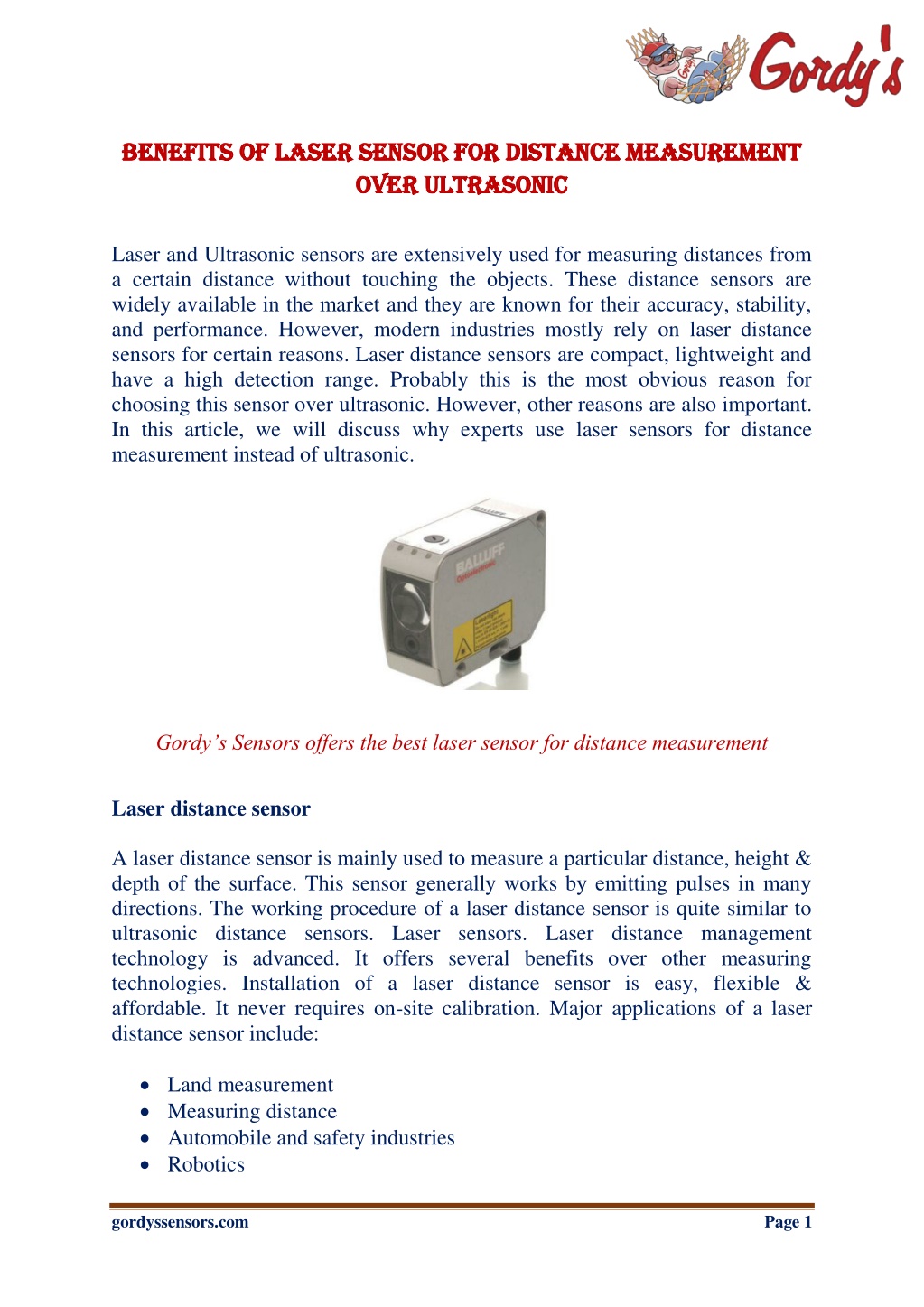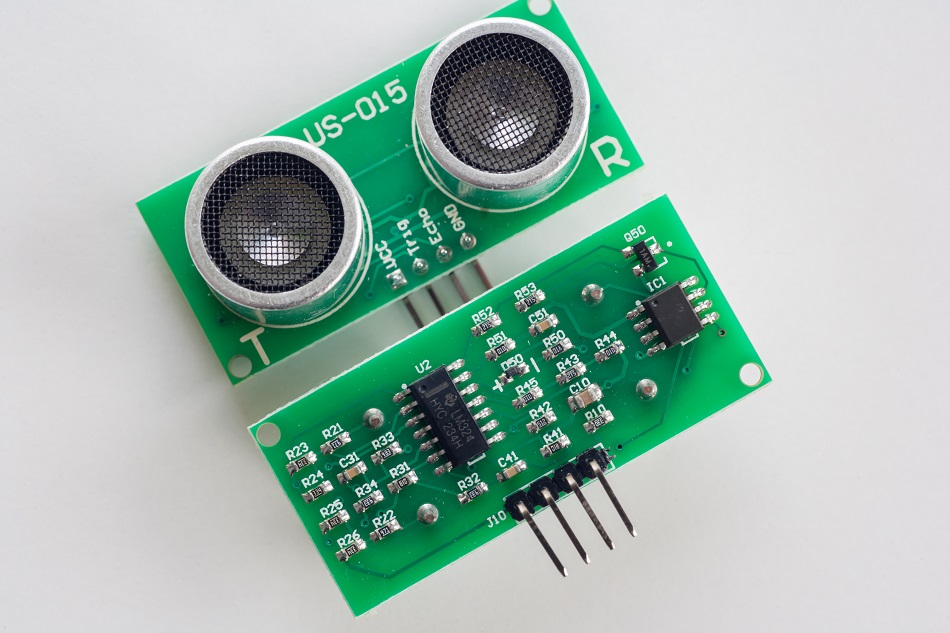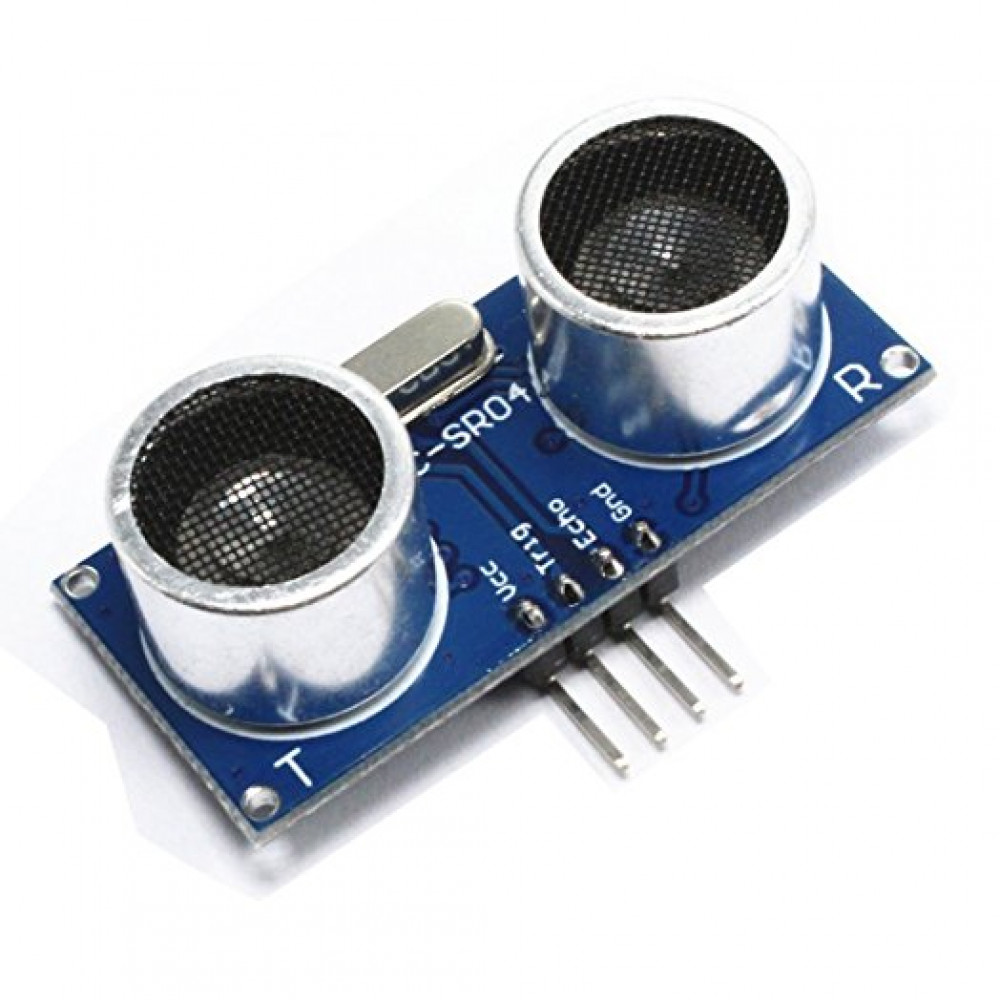
IR proximity sensor and ultrasonic sensor explanation with relay circuit YouTube
Advantages of Ultrasonic sensor. It has sensing capability to sense all the material types. It can work in any adverse conditions. It has higher sensing distance (in centimeters and inches) compare to inductive/capacitive proximity sensor types. It provides good readings in sensing large sized objects with hard surfaces.

Advantages of Ultrasonic sensor and Disadvantages of Ultrasonic sensor
Opting for an IO-Link version of ifm's ultrasonic sensors offers the following benefits: Ultrasonic sensors detect all sound-reflecting objects and measure the time between sending and receiving a reflected sound signal. The target's colour, transparency and surface are irrelevant.

PPT Benefits of laser sensor for distance measurement over ultrasonic PowerPoint Presentation
LiDAR and Ultrasonic Sensors differ in their core technology. LiDAR uses laser pulses for precise long-range measurements, ideal for autonomous vehicles and 3D mapping. Ultrasonic Sensors rely on sound waves for shorter-range measurements, cost-effective for parking assist systems and object detection.
5 sensor combo ! PIR motion /Ultrasonic /LDR Sensor/Capacitive Touch /Infrared Shopee Malaysia
For example, a wave that oscillates 100 times in a second is expressed as 100 Hz. The audible range for humans is said to be between about 20 Hz and 20 kHz. In other words, ultrasonic waves have a frequency of 20 kHz or greater. Familiar examples of devices using ultrasonic waves. In our ordinary life, the following ultrasonic sensors are used:

HOW DOES AN ULTRASONIC SENSOR WORK? YouTube
Several models of ultrasonic distance sensors were tested. In Figure 1, the result of 1000 measurement to a 1 m obstacle is shown for an HC-SR04, a Parallax Ping and an SRF08 ultrasonic sensor. Results show that Parallalx Ping is the best one, with a normal distribution centered on 1 m but with a unit price of about USD 30.

Ir sensor vs ultrasonic sensor what is the difference Artofit
The biggest difference between IR sensor vs. ultrasonic sensors is the way in which the sensor works. Ultrasonic sensors use sound waves (echolocation) to measure how far away you are from an object. On the other hand, IR sensors use Infrared light to determine whether or not an object is present. Accuracy and reliability are also big.

Continuous Ultrasonic Level Sensors How They Work & More
Ultrasonic sensors are also employed in automated obstacle detection systems and factory engineering. Compared to infrared (IR) sensors in proximity sensing applications, ultrasonic sensors are less susceptible to interference from smoke, gases, and other airborne particles (although the physical component is subject to variables such as heat).

Types of Sensors, Advantages & Disadvantages of all types Sensors, Applications of Sensors PLC
The ultrasonic sensor (HC SR-04) and infrared (SHARP GP2Y0A21YKOF) are the sensors selected for the analysis, because of its better cost-performance ra tio. Table 1 shows the tech nical.

What are Ultrasound Sensors
For lighting control, sensors are widely used to meet energy codes in buildings and save significant energy. This chapter will discuss the fundamental science used in conventional passive infrared and ultrasonic sensors. Passive infrared sensors detect the motion of warm bodies by detecting the heat they radiate.

The working principle, applications and limitations of ultrasonic sensors Electrical
The biggest difference between IR sensor vs. ultrasonic sensors is the way in which the sensor works. Ultrasonic sensors use sound waves (echolocation) to measure how far away you are from an object. On the other hand, IR sensors use Infrared light to determine whether or not an object is present. Accuracy and reliability are also big.

ULTRASONIC SENSOR WITH ARDUINO » PIJA Education
Ultrasonic sensors detect all sound-reflecting objects and measure the time between sending and receiving a reflected sound signal. The target's colour, transparency and surface are irrelevant.. Advantages over other measuring principles. Object / Application Ultrasonic sensor ToF distance sensor Photoelectric sensor; Shiny objects.

Ultrasonic Sensor HCSR04
Ultrasonic waves are mechanical waves with a vibration frequency higher than 20 kHz. It has the characteristics of high frequency, short wavelength, small diffraction phenomenon, especially good directionality, and can be directional and propagated. Ultrasonic has excellent penetration in liquids and solids, especially in opaque solids.

Learn the difference between IR and Ultrasonic sensors and how to use them with Arduino
Ultrasonic sensors can get expensive, and with that are also a little big. You'll notice an ultrasonic sensor on a rover just by looking at it. IR sensors tend to be more compact and less noticeable. To summarize, when it comes to needing a super accurate measurement or finding something far, maybe an ultrasonic sensor would be best for you.

IR Sensor vs. Ultrasonic Sensor What is the difference? Cool arduino projects, Learn robotics
non-vision-based sensors, such as infrared, ultrasonic, Inertial Measurement Units (IMUs) and wireless signal properties, to. data generated by sensors and offer several advantages for industrial applications and RAAS over Wi-Fi and cellular. transmitted over long distances may be reduced due to local processing. Additionally, edge.

Ultrasonic Sensor LdhssRobotics/HowTos2015 GitHub Wiki
Ultrasonic sensors work using sound waves, and detecting obstacles is not affected by as many factors. If reliability is an important factor in your sensor selection, ultrasonic sensors are more reliable than IR sensors. If you're willing to compromise reliability for cost, infrared sensors are ideal for your application.

How Ultrasonic Sensors Work? YouTube
The environmental temperature of an application will impact operation of passive infrared sensors. Traditional PIR technology detects movement of a heat source between detection zones against a background of ambient heat. In colder environments, PIR sensors will detect a heat signature more readily than in hotter environments. Air Movement
- Capacidad Del Estadio La Bombonera De Boca Juniors
- Puerto De Carga Celular Samsung
- Https Www Mjusticia Gob Es Es Ciudadania Tramites Certificado Antecedentes
- Hotel Residence Torre Di Pratolungo Casal Monastero Italy
- Que Es La Cal En Construcción
- Oracion Proteccion De San Miguel Arcangel
- Compra Venta De Diamantes En Granada
- Preguntas Para Seleccion De Personal Por Competencias
- Modificacion Precio Compromiso Gestion Venta Inmobiliaria
- Porque Salen Manchas En La Mano Color Cafe
